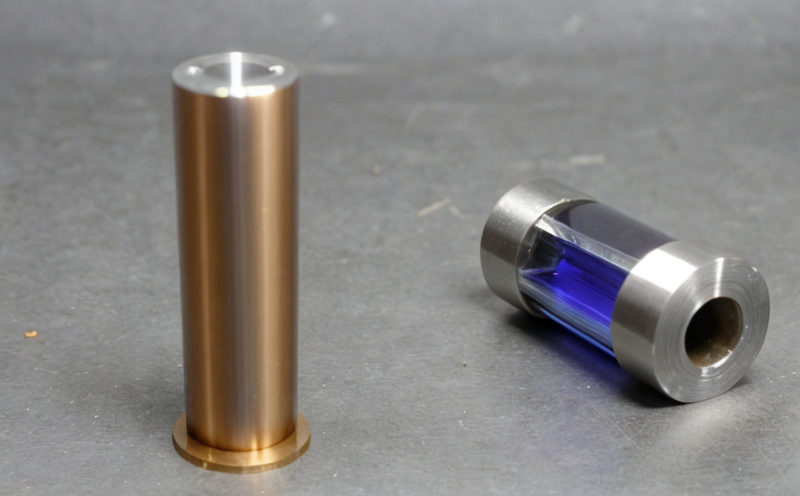JIS L0217 Test methods for dimensional change in fabrics
The JIS L0217 standard provides a comprehensive set of test methods to measure the dimensional changes of textiles, particularly focusing on shrinkage. This testing is essential for ensuring that textile products meet their intended specifications and perform consistently across different conditions and environments. Dimensional stability is crucial for fabric quality, especially in sectors like apparel manufacturing, home furnishing, and automotive upholstery.
The methods outlined in JIS L0217 are designed to simulate real-world conditions under which fabrics might experience shrinkage due to washing or dry cleaning processes. Understanding these changes helps manufacturers predict how a product will perform over time, ensuring customer satisfaction and compliance with industry standards.
The testing process involves several key steps that ensure accurate measurement of dimensional changes:
- Sample preparation: Carefully selecting representative samples is critical for obtaining reliable results. Samples should be cut from the fabric in accordance with JIS specifications to avoid biasing the test results.
- Pre-treatment: Prior to testing, fabrics may undergo pre-treatments such as washing or drying at specific temperatures and durations to simulate real-world conditions they might encounter before final production.
- Testing apparatus: High-precision equipment is used to measure any changes in length and width of the fabric specimens after undergoing the specified treatment.
- Data analysis: The results are analyzed against predetermined acceptance criteria to determine whether the fabric meets quality standards for dimensional stability.
The JIS L0217 tests cover various types of fabrics, including woven, knitted, and non-woven materials. This versatility makes it a valuable tool across different sectors within the textile industry. For weavers, this test ensures that their fabrics will maintain consistent dimensions through post-treatment processes like washing or drying.
By adhering to these rigorous testing protocols, manufacturers can produce high-quality products that meet customer expectations and comply with relevant regulations. This not only enhances brand reputation but also fosters trust among consumers who value product durability and reliability.
Benefits
Implementing JIS L0217 testing offers numerous advantages to textile manufacturers:
- Improved Product Quality: Ensures that fabrics maintain their original dimensions post-treatment, leading to higher quality products.
- Enhanced Customer Satisfaction: Consistent product performance meets and exceeds customer expectations, fostering loyalty and repeat business.
- Regulatory Compliance: Adhering to international standards helps avoid legal issues and maintains a positive public image.
- Cost Efficiency: By identifying potential quality issues early in the production process, costly rework or scrap is minimized.
These benefits contribute significantly to overall operational efficiency and profitability for textile businesses.
Industry Applications
The JIS L0217 test methods have wide-ranging applications across various sectors:
- Agriculture & Gardening: Ensuring that fabrics used in agriculture and horticulture, such as tents or covers, maintain their dimensions to provide consistent protection.
- Fashion & Apparel Manufacturing: Critical for maintaining the fit of garments through washing cycles.
- Automotive Industry: Fabric upholstery must retain its shape over time without excessive shrinkage.
- Home Furnishings: Curtains, drapes, and other home furnishings need to maintain their dimensions throughout use.
In each of these industries, maintaining dimensional stability is crucial for product performance and customer satisfaction. The JIS L0217 tests are a key part of this quality assurance process.
Customer Impact and Satisfaction
The JIS L0217 test methods play a pivotal role in enhancing customer satisfaction by ensuring that textile products meet the highest quality standards. Consistent dimensional stability ensures that garments, upholstery, and other textiles perform as expected throughout their lifecycle.
- Fit: In fashion and apparel, maintaining the correct fit of garments after washing is crucial for customer satisfaction.
- Durability: Upholstered furniture made with fabrics that retain their shape can provide a more durable product.
- Eco-friendliness: By minimizing waste through accurate prediction of fabric shrinkage, manufacturers can adopt more sustainable practices.
Ultimately, the JIS L0217 testing process contributes to creating products that not only meet but exceed customer expectations, fostering long-term relationships and brand loyalty.





